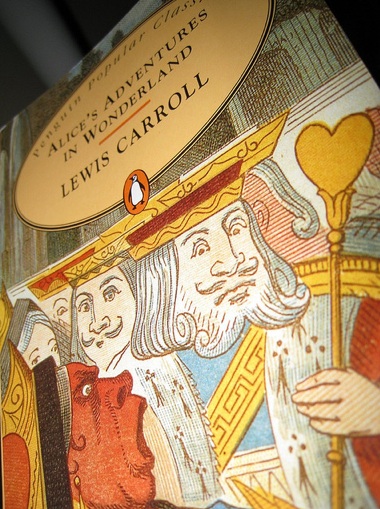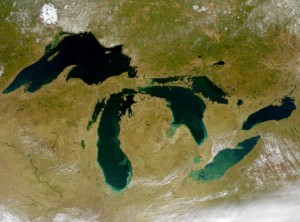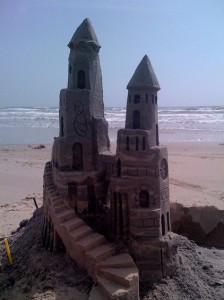 Podcasts are a great way to pass the time while commuting to campus and an opportunity to learn something new. I admit that I got hooked on NPR’s Pop Culture Happy Hour podcast and fell a little behind on my sci/tech favourites, but yesterday I caught up with Quirks & Quarks from CBC Radio. In the last episode of the season, Bob McDonald interviews McGill’s famous cognitive neuroscientist, Dr. Daniel Levitin, who discusses how a 1/f power law can be used to predict musical rhythms across genres and composers. You can read Dr. Levitin’s paper in PNAS.
Podcasts are a great way to pass the time while commuting to campus and an opportunity to learn something new. I admit that I got hooked on NPR’s Pop Culture Happy Hour podcast and fell a little behind on my sci/tech favourites, but yesterday I caught up with Quirks & Quarks from CBC Radio. In the last episode of the season, Bob McDonald interviews McGill’s famous cognitive neuroscientist, Dr. Daniel Levitin, who discusses how a 1/f power law can be used to predict musical rhythms across genres and composers. You can read Dr. Levitin’s paper in PNAS.
There are so many podcasts to explore from CBC and NPR alone but let me know if you have favourites to recommend.
Image from Quirks & Quarks






